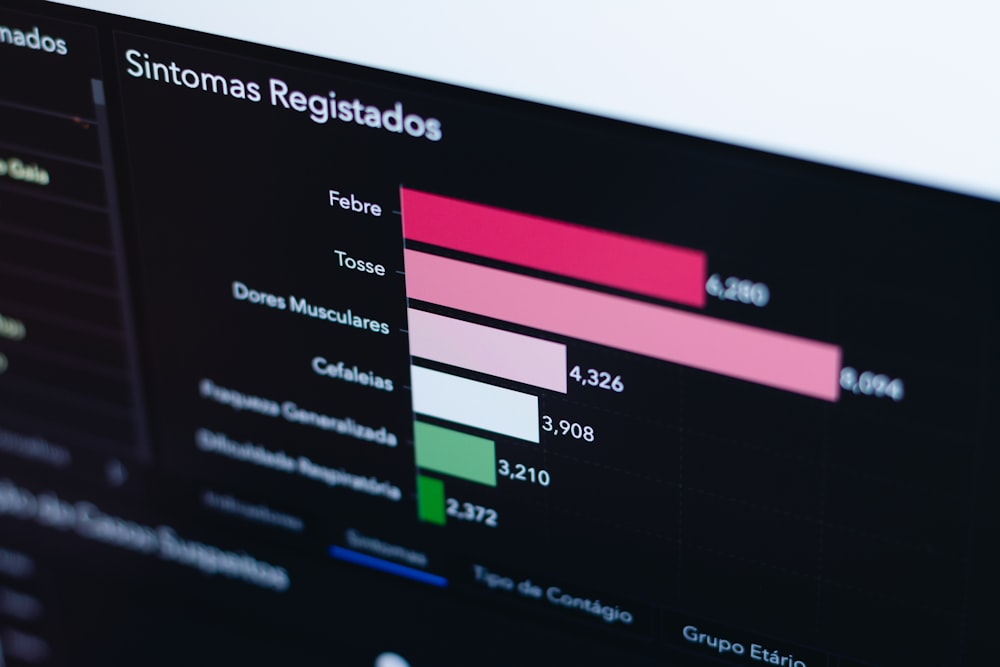

Today, companies; Data is swimming in–process databases, equipment log files, images, videos, sensors, or other data sources.
Learning from Predictive Analytics is then used within normative analytics to reveal actions based on predictive insights. This predictive model is then used on existing data to predict the next or suggest the best results.
Types of Predictive Modeling
Predictive Analytics Models are designed to evaluate historical data, discover patterns, observe trends, and use this information to predict future trends.
- Decision Modeling
Decision Modeling describes the relationship between elements of a decision, such as data, the decision, and predicted outcomes. This type can be used to maximize specific results while minimizing other consequences.
- Predictive Modeling
In Predictive Modeling, statistics are used to predict outcomes. The aim is to evaluate the probability that a similar unit in a different sample will perform similarly. Predictive Modeling can be used to indicate a customer’s behavior, such as a customer’s credit risk.
- Normative Modeling
Normative Modeling identifies relationships within a given dataset and is primarily used to group customers or leads for segmentation purposes. This type of modeling focuses on identifying the different relationships between customers and products, such as product preferences and life stages.
Popular Types of Predictive Modeling
- Outlier Models

- Statistical Modeling
- Probability Modeling
- Proximity–Based Modeling
- Linear Regression Modeling
- İnformation Theory Modeling
- Prediction Models
Prediction Models use metric value estimation, which estimates a numerical value for new data based on trends from historical data. For example, a call center can use this model to predict how many calls it will receive per hour.
- Forecasting Models
- Econometric Models
- Clustering Models
Clustering Models are classified under unsupervised learning. They categorize data into groups based on similar attributes. For example, an e–commerce site can use this model to group customers into similar groups based on common characteristics and develop marketing strategies for each group. Clustering Models include logical regression, decision trees, random forest, and neural networks.

- Hierarchy Clustering
- Mean–Shift Clustering
- Includes K–means Clustering
- Noise Density–Based Spatial Clustering
- Expectation–Maximization (EM) Clustering
- Time–Series Models
Time Series Models use a series of data points that use time as the input parameter.This can calculate a numeric metric, taking the last year of data, and use that metric to estimate three to six weeks of data. So, for example, this model could be used by a hospital to make estimates of emergency room capacity based on the number of patients arriving in the past six weeks.
- Classification Models
Classification Models are classified under supervised Machine Learning (ML) Models. They categorize data based on results from historical data. This model is commonly used to answer questions with binary outputs such as yes or no or true and false.
Predictive Analytics; It starts with a business goal of reducing waste, saving time, or cutting costs. Then, the process uses models to leverage large datasets to produce results that support this goal.
Implementation of a Predictive Analytics Program
Using Predictive Analytics is an essential step in your analytics journey; It is an intersection point where classical statistical analysis meets the world of Artificial Intelligence (AI). Today, the combination of easy–to–use tools, new predictive techniques, and Hybrid Cloud Deployment Models make Predictive Analytics and modeling more accessible than ever before.
Conversion to an enterprise data science program can provide significant competitive advantages. The general steps of this transformation are:
Stage 1: Getting Started
When a business starts building its data science capabilities, it often begins with specific projects.
Stage 2: Increased Use
As data science is more widely used for business purposes, different departments need to deploy their models, connect them to data sources and deploy them in production applications.
Stage 3: Enterprise Scale Use
When Artificial Intelligence (AI) is embedded in business–critical processes, organizations need to create a centralized platform to manage models and data.

- Big Data
Engineering data, for example, comes from sensors, devices, and connected systems around the world. A company’s business system data can include transaction data, sales results, customer complaints, and marketing information. Increasingly, businesses are making data–driven decisions based on this valuable wealth of information.
- Increased Competition
With increasing competition, businesses are looking for advantages in bringing products and services to crowded markets.
- Superior Technologies
Data sources can consist of transaction databases, equipment log files, images, video, audio, sensors, or other data types. Innovation often comes from combining data from various sources.
With all this data, tools are needed to extract insights and trends. Various Machine Learning (ML) Algorithms are available, including linear and nonlinear regression, neural networks, support vector machines, decision trees, and other algorithms.
Predictive Analytics in Action
Predictive Analytics; assists teams in industries as diverse as finance, healthcare, pharmaceutical, automotive, aerospace, and manufacturing.
- Aviation – Monitoring Aircraft Engine Health:
The engine manufacturer has created a real–time analytics application to predict subsystem performance for oil, fuel, take–offs, mechanical health, and controls to improve aircraft uptime and reduce maintenance costs.
- Automotive – Breakthrough With Autonomous Vehicles:
Driver–assist technology and companies are developing autonomous cars and creating driver–assistance algorithms.
- Power Generation – Forecasting Electricity Price and Demand:
Advanced forecasting applications use models that monitor facility availability, historical trends, seasonality, and weather.
- Industrial Automation and Machinery – Predicting Machine Failures:
For example, plastics save 50,000 euros per month.
- Medical Devices – Using Pattern Detection Algorithms to Detect Asthma and COPD:

Predictive Analytics enables improved operational efficiency. In addition, it allows us to determine historical and real–time patient acceptance rates, while on the other hand, it can allow us to evaluate staff productivity. This will positively affect the success of the treatment by providing better service to the patients. Furthermore, by increasing the accuracy of the diagnosis, the quality of treatment will increase.
Predictive risk profile models can be developed to determine the risk profile of aged care, skilled staff, wages, patient turnover, and profitability statistics. This information can help predict what training is needed in the future. Predictive Analytics in healthcare enables effective treatment of ailments after correct diagnosis. In addition, it can allow it to prevent readmissions and emergency room visits, and other adverse events.
Predictive Analytics helps patients and caregivers ensure that services are kept up–to–the date when healthcare facilities are busy.
Predictive Analytics can enable big data that includes preliminary information for diseases that doctors cannot predict to make recommendations for personalized medicine. For example, it has long been known that some drugs work for a particular group of people but not for others. It is nearly impossible for a health practitioner to analyze all this information in detail manually. Big Data and Predictive Analytics allow uncovering unknown relationships, insights, and hidden structural information by examining large datasets of interested parties and generating predictions based on them.
Predictive Analytics in healthcare; It is used more and more every day to advise on the risk of death during surgery based on the patient’s condition, previous medical history, medications used, and to assist in making medical decisions.




